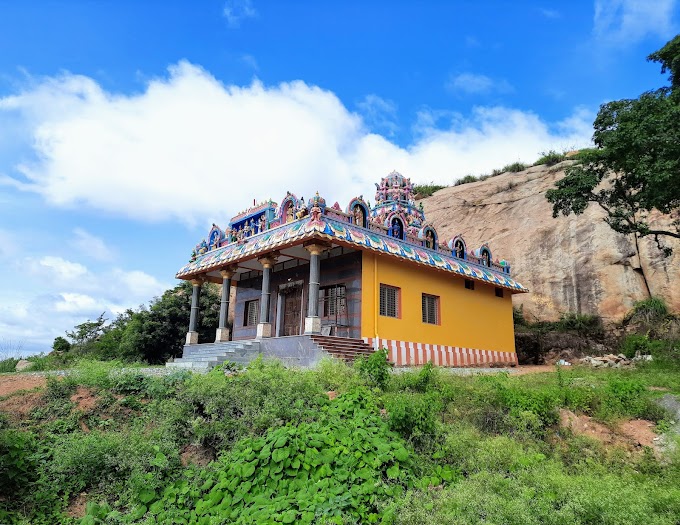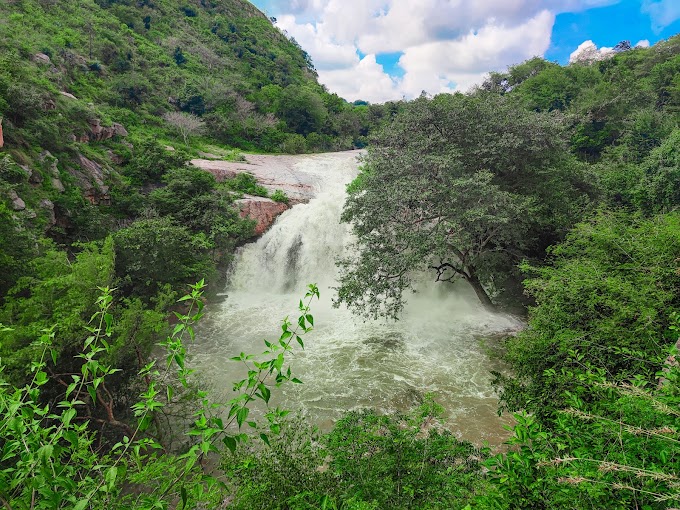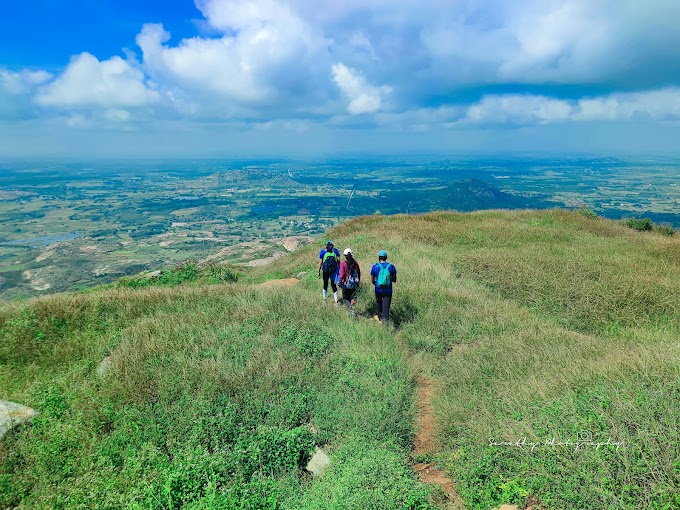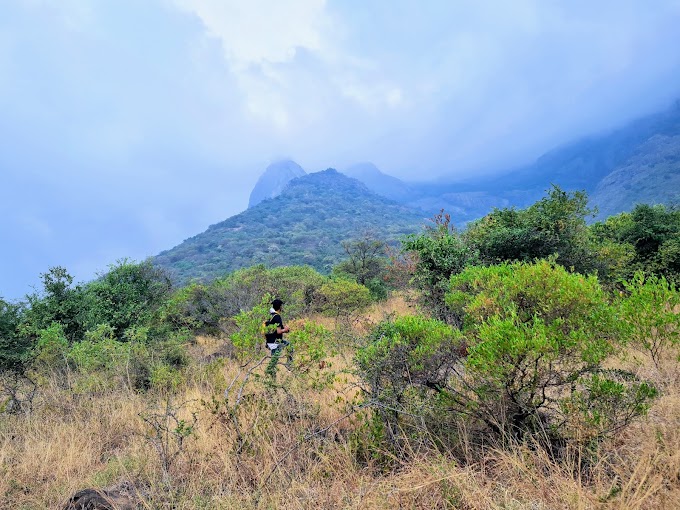The cities of Thimpu and Paro are filled with Buddist Monasteries and we cannot forget the whole day hike to the Tigers nest, considered to be one of the most beautiful trek and the monastery situated in a stunning peak.
Places Visited :
Thimpu
Tigers Nest
Living Buddha statue ( Kuensel Phodrang)
Chorten Memorial
Tashichho Dzong
Sangayagang Viewpoint
Changanghka Monastery
Takin Preserve
Folk Heritage Museum
Paro
Drukgyel Dzong
Kyichu Monastery
Tour Itinerary : 4 Days
Baghdogra - Phuentsholing - Thimpu - Paro - Tigers nest - Gangtok
A scene on the way from Thimpu to Paro
The Largest Buddha Statue of Thimpu
A scared Monastery on the way to Tigers Nest
Upon reaching the top of Tigers Nest
The fort of Paro
At the Tigers Nest, the most beautifully located Monastery of Bhutan
A temple complex was first built in 1692, around the Taktsang Senge Samdup cave where Guru Padmasambhava is said to have meditated for Four Months in the 8th century. Padmasambhava is credited with introducing Buddhism to Bhutan and is the tutelary deity of the country. Today, Paro Taktsang is the best known of the thirteen taktsang or "tiger lair" caves in which he meditated.
The temple devoted to Padmasambhava (also known as Gu-ru mTshan-brgyad Lhakhang, "the Temple of the Guru with Eight Names") is an elegant structure built around the cave in 1692 by Gyalse Tenzin Rabgye. It has become the cultural icon of Bhutan.A popular festival, known as the Tsechu, held in honor of Padmasambhava, is celebrated in the Paro valley sometime during March or April.
The Chorten Morten
A Traditional Winter dress of Bhutanese
Sunshine at the perfect Spot of Lord Buddha
The View from Top of Buddha Statue
The valley's of Thimpu...
Takin, The national animal of Bhutan
Colourful Views of Thimpu Valley on a lovely winter morning
A Traditional Bhutanese at work in her Kitchen
A traditional home of Bhutanese
A crystal clear Glacier water stream running between Paro and Thimpu
The Sacred Mani wheels
The monastery is located 10 kilometres (6.2 mi) to the north of Paro and hangs on a precarious cliff at 3,120 metres (10,240 ft), about 900 metres (3,000 ft) above the Paro valley, on the right side of the Paro Chu (‘chu’ Bhutanese means ”river or water”. The rock slopes are very steep (almost vertical) and the monastery buildings are built into the rock face.
A small waterfall on the way to the Tigers nest peak
Though it looks formidable, the monastery complex has access from several directions, such as the northwest path through the forest, from the south along the path used by devotees, and from the north (access over the rocky plateau, which is called the “Hundred Thousand Fairies” known as Bumda (hBum-brag). A mule track leading to it passes through pine forest that is colorfully festooned with moss and prayer flags. On many days, clouds shroud the monastery and give an eerie feeling of remoteness
People carrying Kids on the way to the Tigers Nest monastery
Near the beginning of the trail is a water-powered prayer wheel, set in motion by a flowing stream. The water that is touched by the wheel is said to become blessed and carries its purifying power into all life forms in the oceans and lakes that it feeds into. On the approach path to the monastery, there is a Lakhang (village level monastery) and a temple of Urgyan Tsemo ("U-rgyan rTse-mo") which, like the main monastery, is located on a rocky plateau with a precipitous projection of several hundred feet over the valley. From this location, the monastery’s buildings are on the opposite ravine, which is known by the name “Copper-Colored Mountain Paradise of Padmasambhava”. 
























































1 Comments
Beautiful clicks and simple yet crisp description.
ReplyDelete